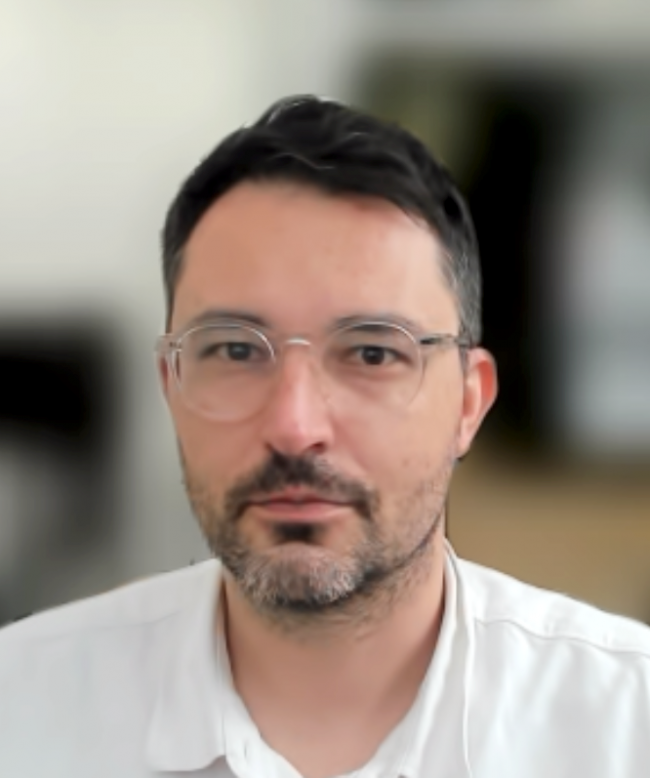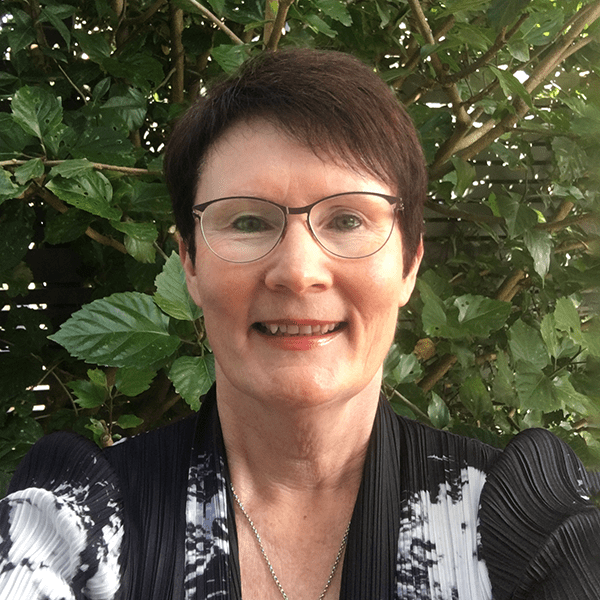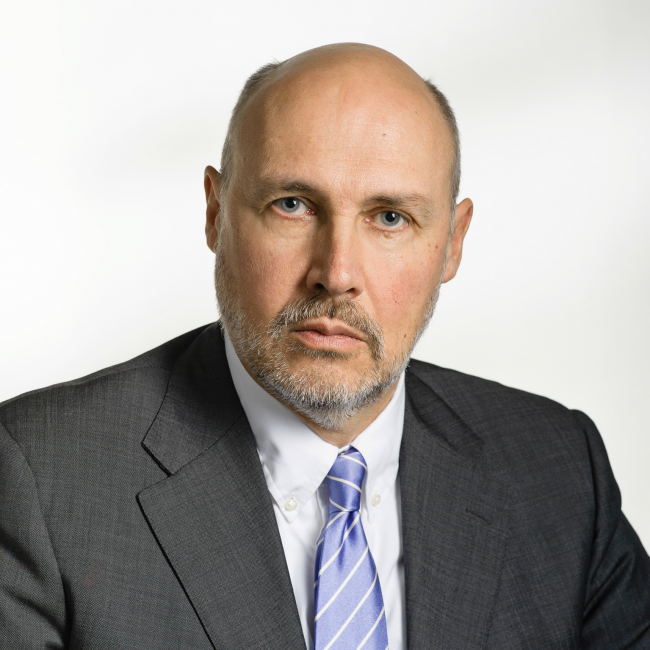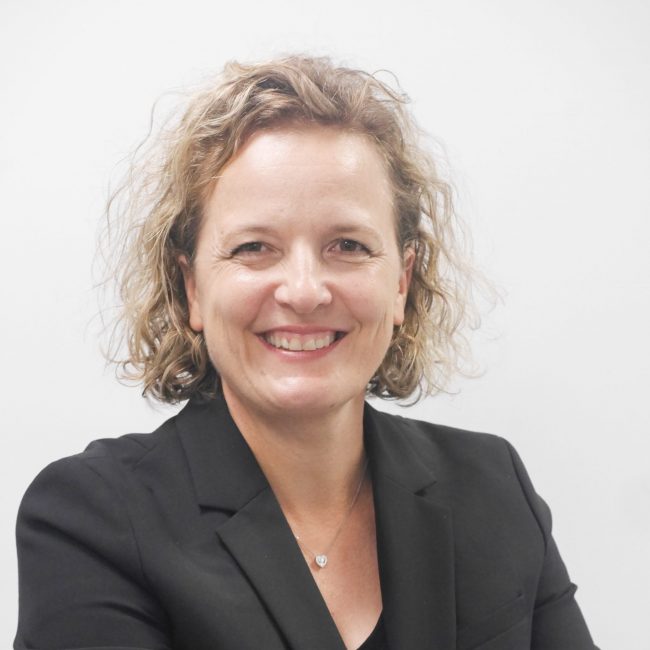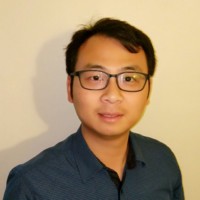Christoph Barkhausen
Dr Christoph Barkhausen relocated to Brisbane in 2021 to become the first Radiochemistry Fellow at the Queensland NIF node. This role spans both the University of Queensland (CAI) and Queensland Health campuses (HIRF/RBWH). Christoph has a variety of research interests including the production of cyclotron and reactor-based radioisotopes, development and implementation of novel and routine radiopharmaceuticals and translational science supporting research to progress to clinical use.
Dr Barkhausen obtained his PhD in radiochemistry at the Technical University Munich (Germany) (thesis on n.c.a. 177Lu-production) in 2011. He has more than 15 years of radiochemistry expertise, accumulating experience in a wide range of positions including Head of Radiochemistry, Head of Quality Control, Head of Quality Assurance, Qualified Person. Prior to commencing as a NIF Radiochemistry Fellow he was responsible for the daily supply of 18F-, 11C-, 68Ga- and 15O-radiopharmaceuticals (FDG, FPSMA, DOPA, GaPSMA, PiB, etc.) to hospitals in Germany, France and Switzerland.



